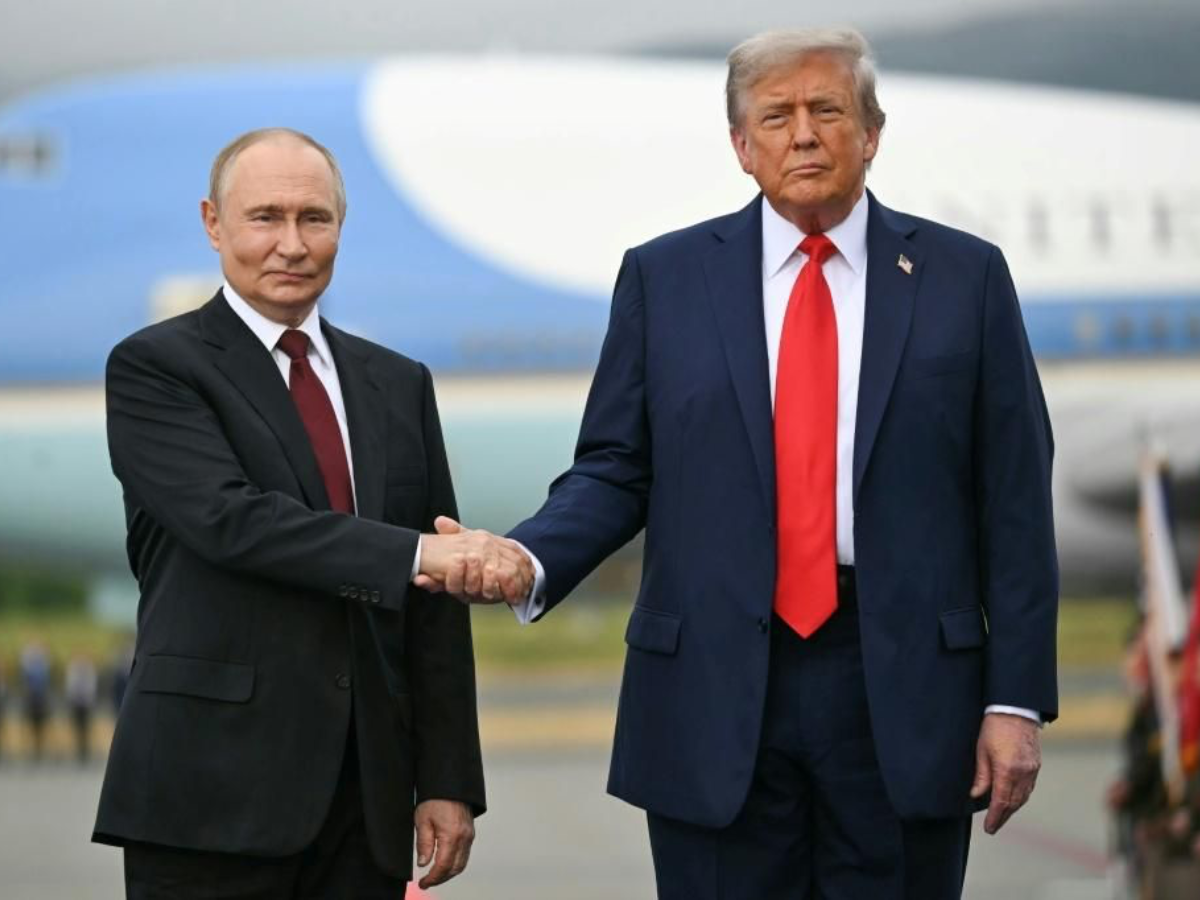Trump and Putin held a lengthy call ahead of Zelensky talks, signaling renewed diplomatic efforts to end the Ukraine war through negotiations.
Bangladesh Dismisses India’s Minority Violence Concerns as ‘Isolated Acts’
Bangladesh rejects India’s claims of minority persecution amid rising attacks on Hindus, citing misrepresentation of isolated incidents.
Delhi Airport Issues Advisory as Dense Fog Disrupts Flight Ops, Triggers Severe AQI and Flights Delay Alert
Dense fog hits Delhi-NCR, AQI turns severe. IGI Airport enforces low-visibility procedures. Air India & SpiceJet issue flight disruption advisories. Latest updates.
What the 8th Pay Commission Means for 1 Crore Employees, Pensioners — Explained
8th Pay Commission effective Jan 1, 2026: Details on expected central govt salary hikes, pension revision, fitment factor range, and official DA clarification for employees.
What Caused Hammonton Crash? Two Helicopters Down at Airport, Officials Investigate
Two helicopters crashed near Hammonton, NJ, prompting multi-agency rescue efforts causes and victim details remain under investigation.
Explained: Dhruv Rathee-Janhvi Kapoor Social Media ‘Fake Beauty’ Video & Dipu Chandra Post Controversy
YouTuber Dhruv Rathee faces backlash over a “fake beauty” video featuring Janhvi Kapoor. Get the facts on the timing controversy, Kapoor’s Bangladesh post, and Rathee’s fiery response.
Dec 28 (Reuters) – Louis Gerstner, the former CEO and chairman of IBM, died on Saturday, aged 83. IBM chairman and CEO Arvind Krishna announced Gerstner’s death in …
Hugh Morris Passes Away at 62: Former ECB Chief & Glamorgan Legend
Hugh Morris is a former England cricketer and ECB chief, leaves behind a lasting legacy as a player, leader and architect of modern cricket.
Zelensky Arrives in Florida for Trump Talks, Says ‘A Lot Can Be Decided Before New Year’
President Zelensky meets Donald Trump in Florida to push a peace plan, urging allies to combine diplomacy with pressure on Russia.
IND-W vs SL-W: Smriti Mandhana Reaches 10,000 ‘Run Elite Club’ International Runs in Fourth T20I
Smriti Mandhana reaches 10,000 international runs during IND-W vs SL-W 4th T20I, joining an elite club as India posts a massive total.







